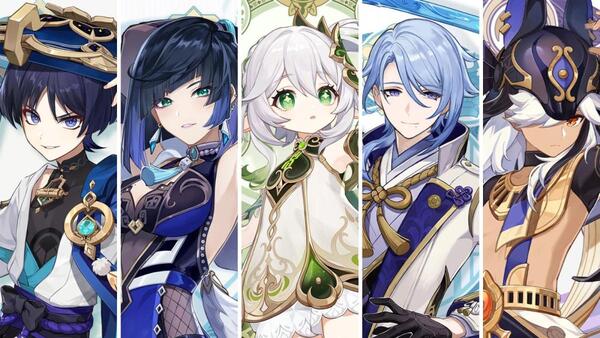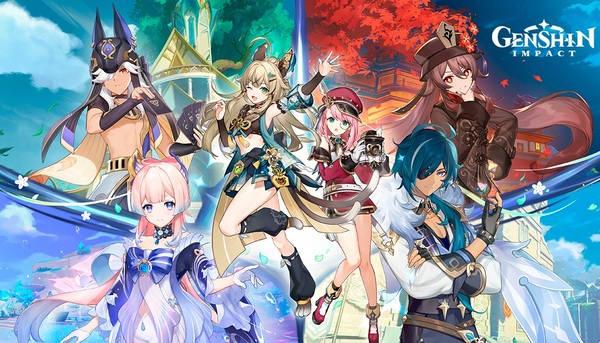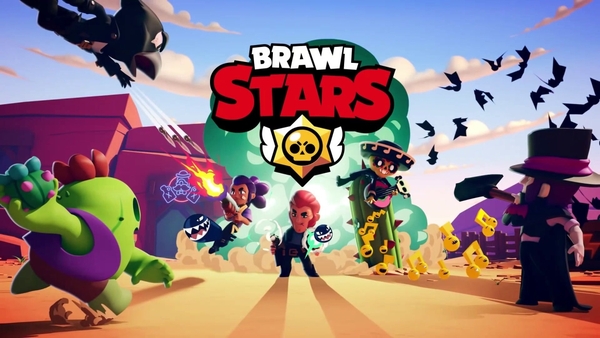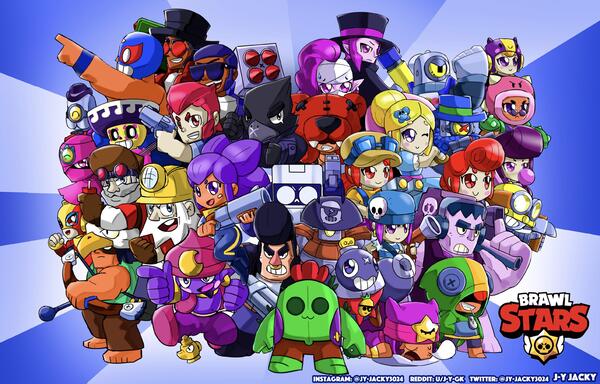Advertisement
Popular Now
Genshin Impact, a worldwide sensation by HoYoverse, delivers an expansive world filled with adventure, characters, and mysteries. However, a significant aspect of the game, the Spiral Abyss, has sparked an ongoing debate within the community. In this article, we will dissect this endgame feature, examining its design, challenges, and impact on player experience.
 This leads to frustration among players who favor non-meta characters or lack the resources to build ideal teams[/caption]
This leads to frustration among players who favor non-meta characters or lack the resources to build ideal teams[/caption]
 As a result, the Spiral Abyss can feel like an imbalanced experience, catering more to paying players while leaving F2P players at a disadvantage[/caption]
As a result, the Spiral Abyss can feel like an imbalanced experience, catering more to paying players while leaving F2P players at a disadvantage[/caption]
 The Genshin Impact community has voiced its concerns about the Spiral Abyss through forums, surveys, and social media[/caption]
Players continue to advocate for a more inclusive design that caters to diverse playstyles and mitigates the reliance on meta-driven gameplay.
The Genshin Impact community has voiced its concerns about the Spiral Abyss through forums, surveys, and social media[/caption]
Players continue to advocate for a more inclusive design that caters to diverse playstyles and mitigates the reliance on meta-driven gameplay.
The Spiral Abyss: What Is It?
The Spiral Abyss is a high-level dungeon designed to test players' mastery of mechanics, team synergy, and resource management. It consists of 12 floors, each with increasing difficulty and time-restricted challenges. Floors 1-8 are static, while Floors 9-12 reset biweekly, presenting players with ever-changing enemy lineups and buffs. For many players, the Spiral Abyss represents the pinnacle of Genshin Impact's combat system. Success rewards Primogems, a premium currency, making it a vital activity for free-to-play players and spenders alike.Unbalanced Enemy Scaling
Power Creep and Player Frustration
One of the most criticized aspects of the Spiral Abyss is the uneven scaling of enemies, especially on Floors 11 and 12. These floors often introduce enemies with inflated HP and damage values, forcing players to rely on meta characters and optimal team compositions to succeed. This leads to frustration among players who favor non-meta characters or lack the resources to build ideal teams. The disparity between character viability becomes glaringly apparent, making the content feel exclusionary. [caption id="attachment_1674" align="aligncenter" width="600"] This leads to frustration among players who favor non-meta characters or lack the resources to build ideal teams[/caption]
This leads to frustration among players who favor non-meta characters or lack the resources to build ideal teams[/caption]
Time-Gated Challenges
The Race Against the Clock
The Spiral Abyss incorporates time limits for clearing each chamber, adding pressure to the already challenging content. While this mechanic rewards skillful play, it also marginalizes players who prefer a more strategic, slower-paced approach to combat. Time restrictions often discourage experimentation and creative gameplay, reducing the game to a DPS race. This limits the viability of support-focused characters, exacerbating the problem of character imbalance.Reliance on Specific Buffs
Favoritism Toward Certain Playstyles
Each Spiral Abyss cycle introduces unique blessings, known as Abyssal Moons, which enhance specific elemental reactions or abilities. While these buffs can be advantageous, they often favor a narrow range of characters or team compositions. Players who lack the characters suited to the current buffs face a steep disadvantage, further emphasizing the game's reliance on luck or spending to acquire a diverse roster.Resource Constraints and Resin Economy
The Hidden Cost of Preparation
Building characters for the Spiral Abyss requires significant investment in terms of resources like Mora, artifacts, and character ascension materials. However, the game's limited Resin system restricts the acquisition of these resources, prolonging the preparation process. This creates a bottleneck for new or free-to-play players, who may struggle to keep pace with the demands of high-level content. The resource economy thus becomes a major obstacle to enjoying the Spiral Abyss.The Impact on Free-to-Play Players
A Divided Player Base
Free-to-play (F2P) players often face additional challenges in the Spiral Abyss due to their limited access to 5-star characters and weapons. This disparity highlights the game's gacha-based monetization model, which incentivizes spending for better odds of success. As a result, the Spiral Abyss can feel like an imbalanced experience, catering more to paying players while leaving F2P players at a disadvantage. [caption id="attachment_1676" align="aligncenter" width="600"] As a result, the Spiral Abyss can feel like an imbalanced experience, catering more to paying players while leaving F2P players at a disadvantage[/caption]
As a result, the Spiral Abyss can feel like an imbalanced experience, catering more to paying players while leaving F2P players at a disadvantage[/caption]
Player Burnout and Stress
The Psychological Toll
The Spiral Abyss, designed as a challenging endgame feature, often induces stress rather than enjoyment for many players. The combination of high stakes, limited time, and steep difficulty curves can lead to burnout. This issue is compounded by the biweekly reset, which creates a cycle of pressure to perform optimally to secure rewards, detracting from the game's otherwise relaxing and exploratory nature.Suggestions for Improvement
Balancing Difficulty and Accessibility
- Introduce difficulty tiers for the Spiral Abyss, allowing players to choose a level suited to their skills and roster.
- Reduce enemy scaling on the highest floors to create a more balanced challenge.
- Rework time restrictions to reward strategic play instead of raw damage output.
Community Feedback and HoYoverse's Response
The Genshin Impact community has voiced its concerns about the Spiral Abyss through forums, surveys, and social media. While HoYoverse occasionally adjusts enemy lineups and buffs, significant changes to the underlying mechanics remain rare. [caption id="attachment_1675" align="aligncenter" width="600"] The Genshin Impact community has voiced its concerns about the Spiral Abyss through forums, surveys, and social media[/caption]
Players continue to advocate for a more inclusive design that caters to diverse playstyles and mitigates the reliance on meta-driven gameplay.
The Genshin Impact community has voiced its concerns about the Spiral Abyss through forums, surveys, and social media[/caption]
Players continue to advocate for a more inclusive design that caters to diverse playstyles and mitigates the reliance on meta-driven gameplay.



















